Introduction
Beef noodles, a dish that transcends cultural boundaries, have captivated the taste buds of people worldwide. From the hearty, rich flavors of Taiwanese beef noodles to the spicy, aromatic spices of Sichuan-style beef noodles, each variation offers a unique culinary experience. However, creating a truly delicious bowl of beef noodles at home can seem like a daunting task. This comprehensive guide aims to demystify the process and empower you with the knowledge and skills necessary to craft a bowl of beef noodles that will leave your taste buds singing.
Section 1: Understanding the Ingredients
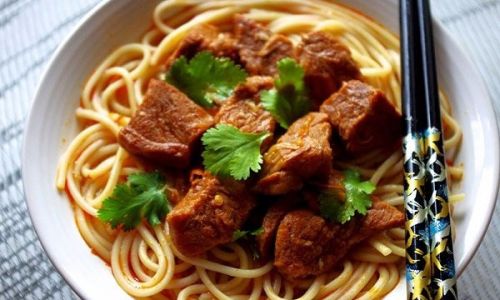
Before diving into the cooking process, it’s crucial to understand the role each ingredient plays in enhancing the flavor of your beef noodles.
1 Beef Selection
The quality of the beef is paramount. Look for cuts with good marbling, such as brisket, chuck roast, or short ribs, as they offer a balance of flavor and tenderness when slow-cooked. Avoid lean cuts like sirloin or flank steak, which can become dry and tough when cooked for extended periods.
2 Broth Base
The broth is the soul of beef noodles. It can be made from beef bones, meat scraps, or even a combination of both. For a richer flavor, roast the bones and meat scraps in the oven before simmering them in water. This caramelization adds depth and complexity to the broth.
3 Aromatics and Seasonings
Aromatics such as ginger, garlic, onions, and scallions are essential for building a flavorful broth. Seasonings like soy sauce, star anise, cloves, and cinnamon add layers of taste. Remember, a little goes a long way with spices; too much can overpower the delicate flavors of the beef and broth.
4 Noodles
The choice of noodles is equally important. Fresh egg noodles, handmade udon, or even dried soba noodles can work wonders. The key is to match the texture and thickness of the noodles to your preferred broth consistency and flavor profile.
5 Garnishes and Toppings
Garnishes like chopped green onions, cilantro, and sesame seeds add freshness and color to your dish. Toppings such as sliced boiled eggs, blanched vegetables, or even a sprinkle of chili flakes can elevate your beef noodles from good to great.
Section 2: Preparing the Beef and Broth
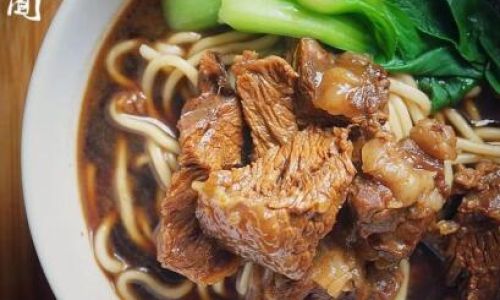
Now that you understand the ingredients, let’s dive into the preparation process.
1 Preparing the Beef
-
Trimming and Cubing: Trim any excess fat from the beef. Cut it into bite-sized cubes or large pieces, depending on your preference.
-
Marinating (Optional): For an extra layer of flavor, marinate the beef in a mixture of soy sauce, rice vinegar, garlic powder, and a pinch of sugar for at least 30 minutes.
2 Making the Broth
-
Roasting the Bones and Aromatics: Preheat your oven to 400°F (200°C). Place the beef bones and meat scraps on a roasting tray. Add chopped onions, carrots, celery, garlic cloves, and a piece of ginger. Roast for about 45 minutes, until the bones and vegetables are golden brown.
-
Simmering: Transfer the roasted bones, vegetables, and aromatics to a large stockpot. Fill the pot with cold water, ensuring it covers all the ingredients by at least 2 inches. Bring to a boil, then reduce the heat to low and let it simmer for at least 4-6 hours, preferably overnight for maximum flavor extraction.
-
Skimming: Regularly skim off any impurities that rise to the surface. This ensures a clear, clean broth.
-
Seasoning: Once the broth has simmered for the desired time, strain it through a fine-mesh sieve, discarding the solids. Return the broth to the pot and season with soy sauce, fish sauce (optional), and a touch of sugar to balance the flavors. Add your spices, such as star anise, cloves, and cinnamon, and let the broth simmer for another 30 minutes to meld the flavors.
3 Cooking the Beef
-
Blanching: In a separate pot, bring water to a boil. Add the beef cubes and blanch for about 2-3 minutes to remove any blood and impurities. Drain and set aside.
-
Simmering in Broth: Add the blanched beef to the seasoned broth. Let it simmer gently for about 1-2 hours, or until the beef is tender and flavorful. Taste the broth periodically and adjust the seasoning as needed.
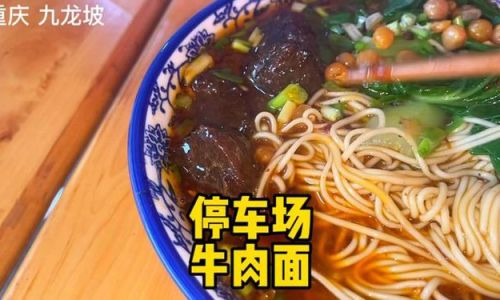
Section 3: Cooking the Noodles
The perfect noodles are the foundation for a satisfying bowl of beef noodles.
1 Fresh Noodles
If using fresh noodles, cook them according to the package instructions, usually in boiling water for 2-3 minutes. Drain and rinse with cold water to prevent sticking.
2 Dried Noodles
For dried noodles, soak them in hot water for about 10-15 minutes until they are al dente. Drain and set aside.
Section 4: Assembling the Dish
Now that you have the broth, beef, and noodles ready, it’s time to assemble your masterpiece.
1 Building the Bowl
-
Noodles: Place a generous portion of cooked noodles in the bottom of a large, deep bowl.
-
Broth and Beef: Ladle hot broth over the noodles, ensuring they are fully submerged. Add a few pieces of tender beef.
-
Garnishes: Top with chopped green onions, cilantro, sesame seeds, and any other garnishes you prefer.
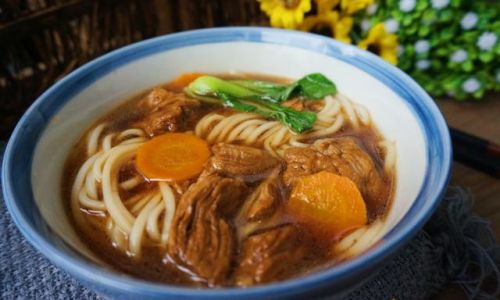
-
Toppings: Add sliced boiled eggs, blanched vegetables, or chili flakes to taste.
2 Serving Suggestions
- Accompaniments: Serve your beef noodles with a side of pickled vegetables, chili oil, or soy sauce for additional flavor.
- Temperature: Ensure the broth is piping hot when served. The warmth helps to release the aromas and flavors fully.
- Presentation: For a visually appealing dish, arrange the toppings and garnishes neatly on top of the noodles.
Section 5: Tips and Tricks for Perfect Beef Noodles
Here are some expert tips to help you elevate your beef noodles to the next level.
1 Broth Enhancements
- Bone Marrow: Adding a few pieces of bone marrow to the broth adds a creamy richness that’s difficult to achieve otherwise.
- Apple Cider Vinegar: A splash of apple cider vinegar during the simmering process helps to draw out more flavor from the bones.
- Miso Paste: For a unique twist, stir in a tablespoon of miso paste during the final stages of broth preparation for a hint of umami.
2 Beef Tenderization
- Physical Tenderization: Use a meat mallet to gently pound the beef before cooking to break down the fibers and make it more tender.
- Marinating with Enzymes: Marinate the beef in a mixture containing pineapple or papaya juice, which contain natural enzymes that tenderize meat.
3 Noodles Perfection
- Al Dente: Always cook noodles to al dente to maintain their texture and prevent them from becoming mushy.
- Tossing in Oil: After draining, toss the noodles in a little sesame or vegetable oil to prevent sticking and add a subtle nutty flavor.
4 Flavor Balancing
- Taste Testing: Regularly taste the broth and adjust the seasoning as needed. Remember, you can always add more seasoning, but you can’t take it away.
- Harmony: Ensure that the flavors of the broth, beef, and noodles are in harmony. A dish should never be overly salty, sweet, or spicy.
Conclusion
Making delicious beef noodles is an art that requires patience, attention to detail, and a love for culinary experimentation. By understanding the role of each ingredient, mastering the preparation of the broth and beef, and paying attention to the cooking of the noodles, you can create a dish that is not only satisfying but also memorable. Remember, the key to great beef noodles lies in balance—between flavors, textures, and temperatures. With this guide as your companion, you’re well on your way to crafting a bowl of beef noodles that will have your family and friends asking for seconds. Happy cooking!
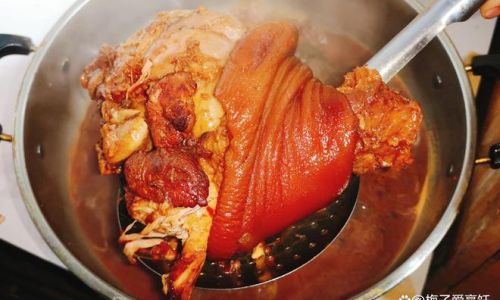
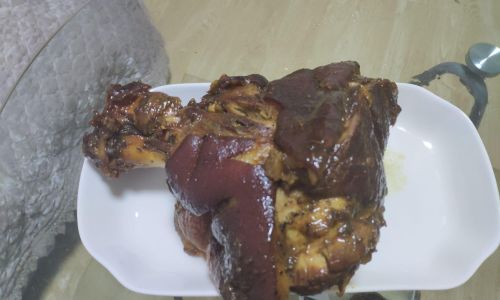



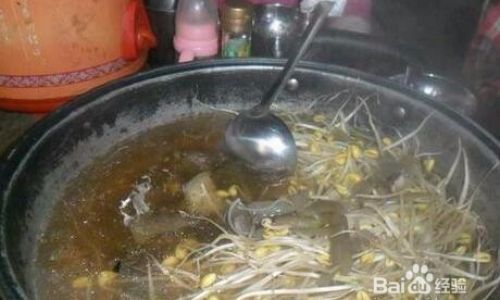
0 comments